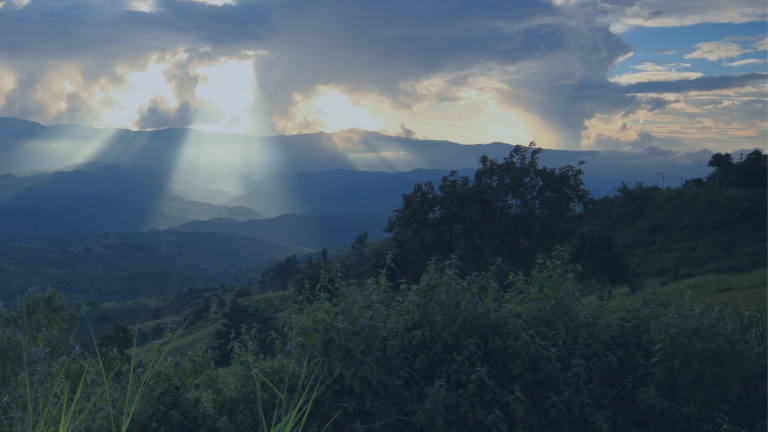Hundreds of ducks have died in a Syncrude Canada Ltd. tailings pond, only a few days after the Provincial Court of Alberta ruled against the company for the death of 1,600 ducks that landed in another of its tailings ponds in April 2008.
On October 22, 2010, the Provincial Court of Alberta sentenced Syncrude to pay 3 million dollars in fines and penalties for the 2008 incident, including a $1.3-million research grant to the University of Alberta to study bird deterrents and $900,000 to buy 60 acres of wetlands in Alberta. The charges against the company were laid pursuant to Alberta’s Environmental Protection and Enhancement Act (for failing to store a hazardous substance in a manner that ensured that it did not come into contact with any animals) and Canada’s Migratory Birds Convention Act (for depositing a substance harmful to migratory birds in an area frequented by migratory birds).
Although Syncrude had taken steps to prevent another incident from happening and sophisticated bird deterrent systems were reportedly in place, an ice storm appears to have forced the ducks to land on the pond. The October 2010 incident emphasizes the ongoing risks that tailings ponds present to companies and shareholders in Alberta’s oil sands mines, including litigation and reputational risks, despite company efforts to prevent accidents. Not only is Syncrude Canada again under investigation for the death of birds in one of its tailings ponds, but according to media reports, federal and provincial officials confirmed that birds also landed at ponds run by Suncor and Shell.
Tailings are the stream of waste that results from the extraction of bitumen from oil sands mining. They are a slurry made up of water, sand, silt, clay, residual bitumen and high levels of naphthenic acids and other toxic chemicals. Because they are toxic, tailings are discharged into large ponds, where they are left to settle. A portion of the process water is extracted from the ponds to be reused in the upgrading process, but the rest remains trapped by the clay to form a yogurt-like mix called “mature fine tailings,” which without treatment could take centuries to dry.
Oil sands operators are required to reclaim disturbed land (including tailings ponds) to viable ecosystems. After 40 years of mining, however, only one pond has been reclaimed (Suncor’s pond 1), and most of the mature fine tailings (the portion of the mining waste stream that has proven most difficult to reclaim) that were inside the pond were transferred to other ponds and will still need to be reclaimed.
Further readings:
“At least 230 ducks die in latest Syncrude incident,” by Scott Haggett and Jeffrey Jones, Reuters (27 Oct. 2010) <http://www.reuters.com/article/idUSTRE69L4K620101027>.
“Syncrude — $3 Million Creative Sentence,” by Nicholas R. Hughes, McCarthy Tétrault (29 October 2010) <http://www.mccarthy.ca/article_detail.aspx?id=5142>
For details on investor risks associated with tailings reclamation, see:
SHARE, “Investor Briefing Note: What Investors Need to Know About Reclamation Risks in the Oil Sands” (March 2010), <http://www.share.ca/files/Oil_Sands_Reclamation.pdf>.


